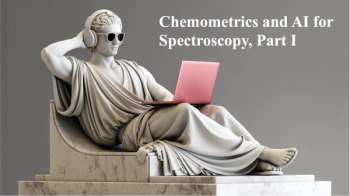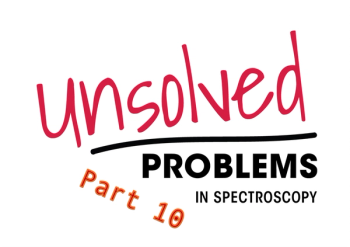
|Articles|May 13, 2016
Analysis of Highly Mineralized Aqueous Solutions by ICP-AES
Author(s)Shimadzu
EPA methods 200.7 and 6010 specify ICP; however, analysis of the major components may involve dilution of off-scale peaks, making the analysis more difficult. This work demonstrates a method that uses low-sensitivity analytical lines for the high-concentration major components and high-sensitivity analytical lines for the low-concentration trace components. This eliminates the need for multiple dilutions to get major elements on-scale.
Advertisement
Newsletter
Get essential updates on the latest spectroscopy technologies, regulatory standards, and best practices—subscribe today to Spectroscopy.
Advertisement
Related Content
Advertisement
Advertisement
Trending on Spectroscopy Online
1
Recent Research in Chemometrics and AI for Spectroscopy, Part I: Foundations, Definitions, and the Integration of Artificial Intelligence in Chemometric Analysis
2
Recent Research in Chemometrics and AI for Spectroscopy, Part II: Emerging Applications, Explainable AI, and Future Trends
3
Spectroscopy Solutions for Honey Authentication
4
What are Ultrahot Jupiters? Insights from the JWST
5





